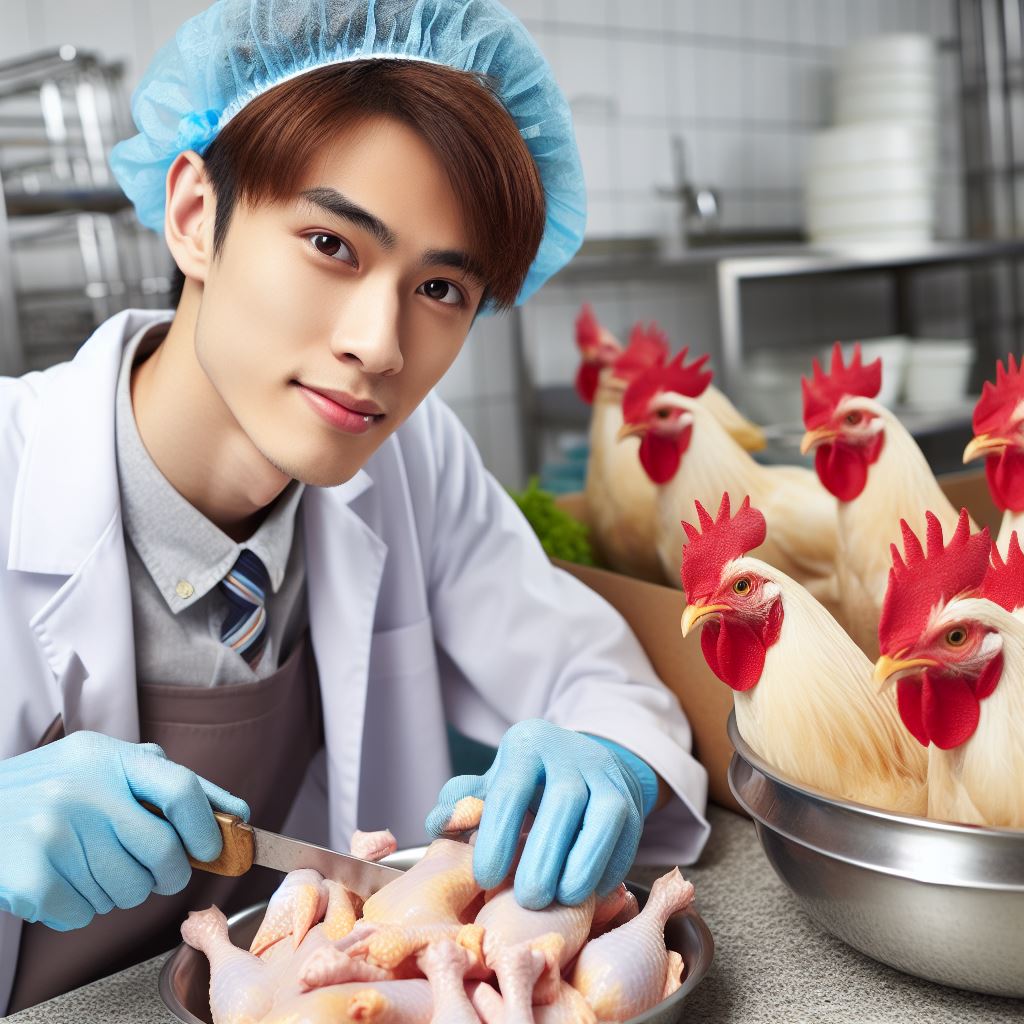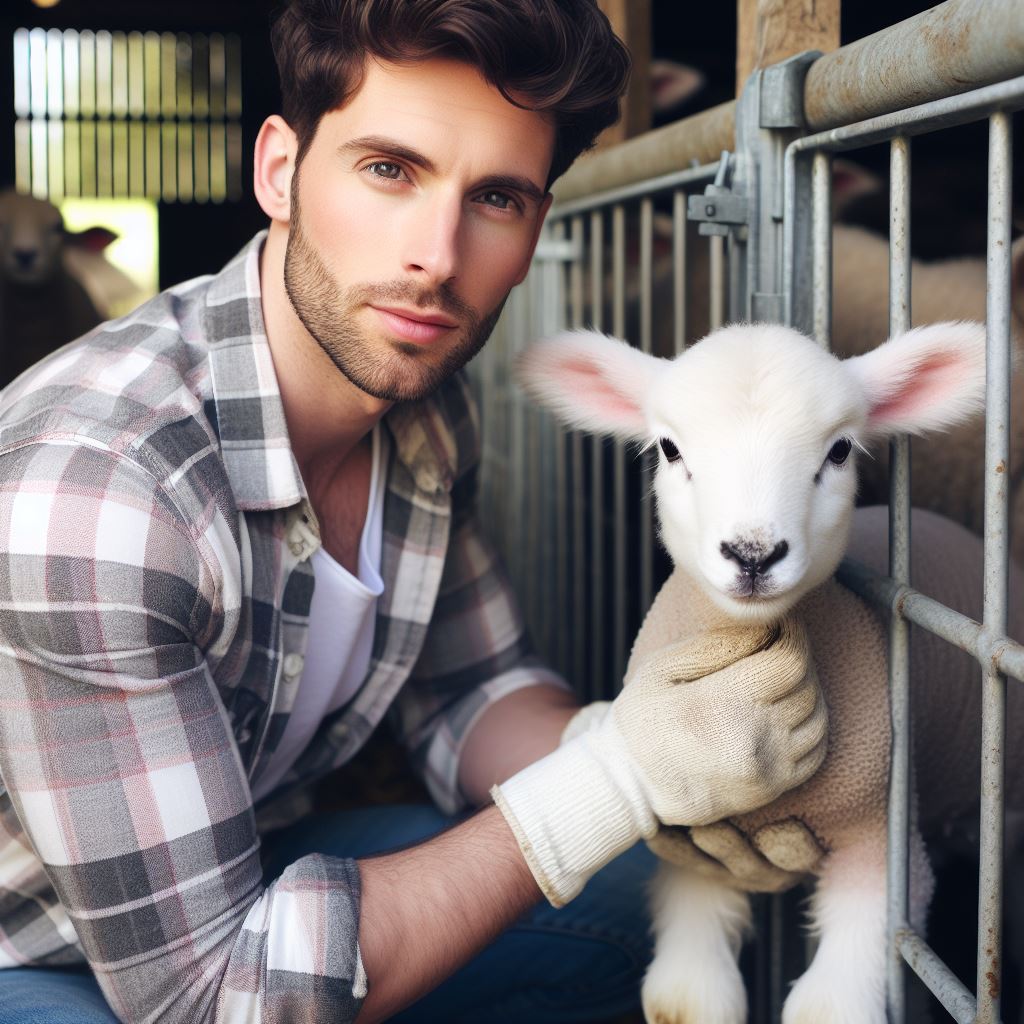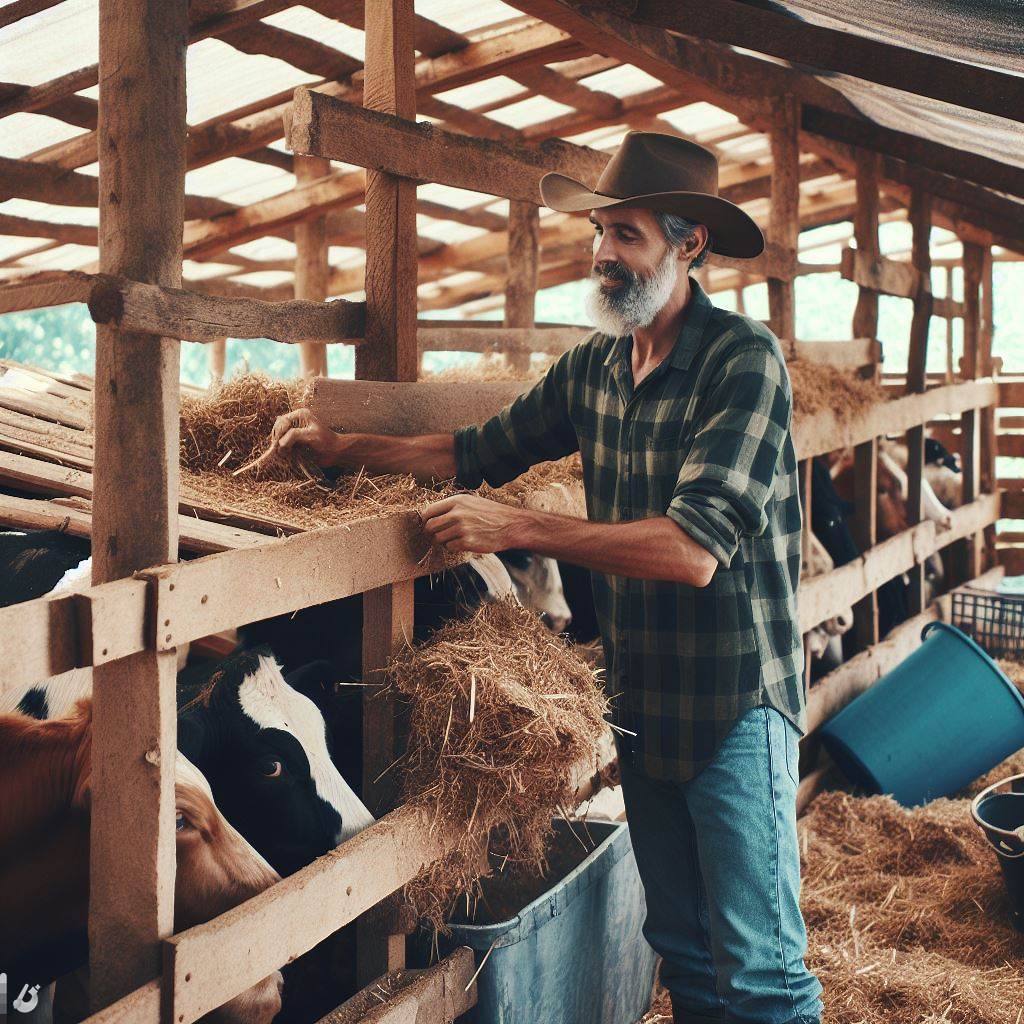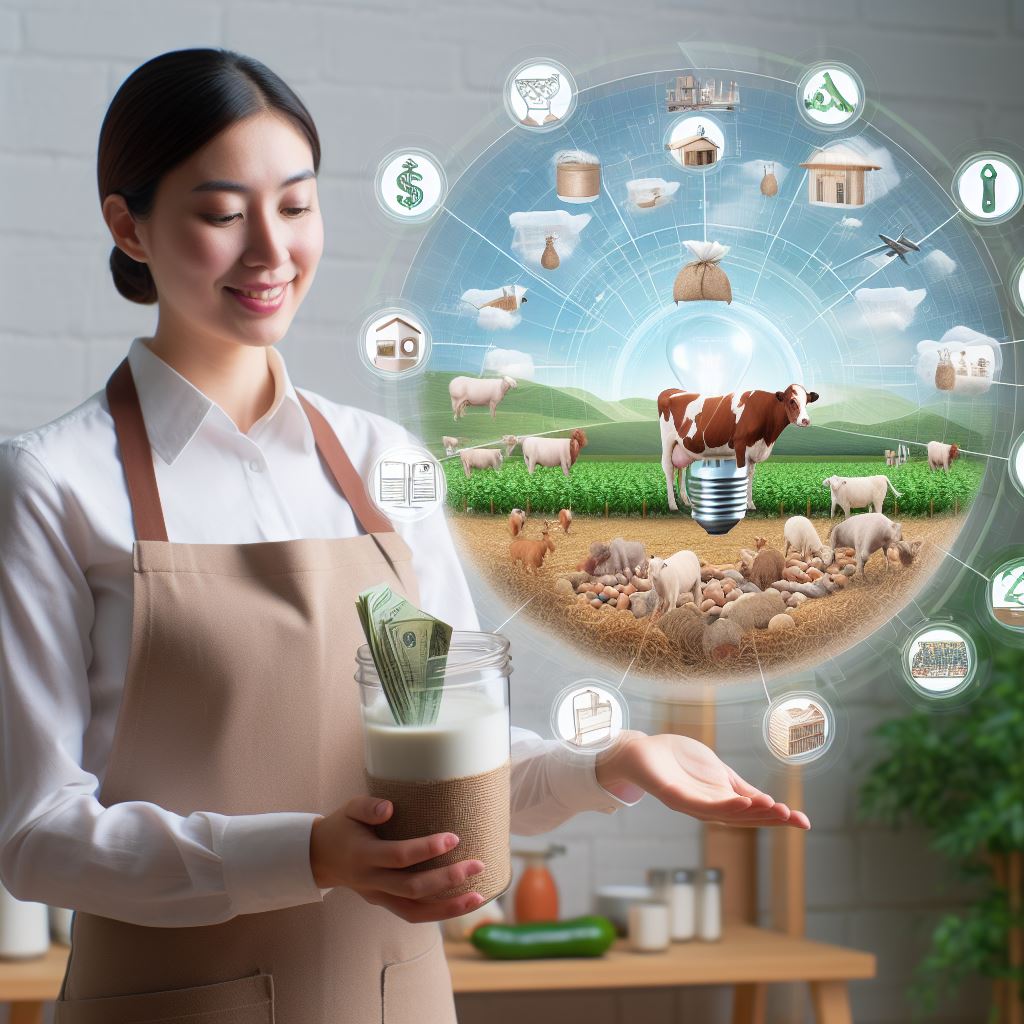Introduction to Poultry Processing
Delve into the world of poultry processing a critical facet of transforming raw poultry into safe, quality products.
Uncover the intricacies of this essential procedure, balancing efficiency, hygiene, and the supply of nutritious poultry for global consumption.
Definition and significance of poultry processing
Poultry processing is the transformation of live birds into food products with great significance in the industry.
It involves slaughtering, cleaning, and packaging, ensuring hygiene and safety standards.
It is the systematic transformation of raw poultry into edible products.
Significantly, efficient poultry processing meets global food demands, providing protein-rich products.
Quality control in processing preserves consumer health and builds trust in the industry.
This intricate procedure not only satisfies market needs but also contributes to economic growth and sustains livelihoods in agriculture.
Brief history of poultry processing
The history of poultry processing dates back to ancient times when humans domesticated birds for consumption.
Poultry processing has evolved from manual methods to highly automated systems.
In the early 20th century, manual slaughter and processing were common.
Advances in technology, hygiene standards, and quality control have shaped the modern poultry processing industry, ensuring efficient, safe, and high-quality poultry products.
Key steps in poultry processing
Poultry processing involves several key steps to ensure the safe and quality production of poultry products.
Understanding these steps is vital to the industry’s success and meeting consumer demands.
Slaughtering and bleeding
Humane methods of slaughtering poultry are crucial to uphold ethical standards.
Transform Your Agribusiness
Unlock your farm's potential with expert advice tailored to your needs. Get actionable steps that drive real results.
Get StartedIt ensures that animals are treated with respect and care.
The process of slaughtering and bleeding poultry poses challenges, both in terms of efficiency and animal welfare.
However, innovations in equipment and techniques have emerged to address these concerns.
Scalding and feather removal
Scalding is a process used to loosen feather follicles, making feather removal easier and less damaging to the poultry’s skin.
Various methods are available for feather removal, such as mechanical plucking, where machines remove feathers, or manual feathering, where workers remove them by hand.
These methods aim to achieve a clean and feather-free bird.
Evisceration and inspection
Evisceration involves the careful removal of internal organs, such as the digestive tract, reproductive organs, and gallbladder, to ensure the poultry is safe for consumption.
Inspection is a critical step in poultry processing to guarantee that the poultry meets quality and safety standards.
Trained inspectors carefully examine each bird for any signs of disease or abnormalities.
Chilling and storage
Chilling the poultry after processing is essential to lower its temperature quickly.
This can be done using cold air or cold water methods.
Proper storage conditions, including temperature control and hygiene, are crucial to maintain the quality and freshness of the processed poultry.
This ensures that the end product is safe for consumption.
In essence, poultry processing involves several key steps, all aimed at ensuring the production of safe and high-quality poultry products.
Humane slaughtering methods, efficient feather removal, careful evisceration and inspection, and proper chilling and storage practices are essential in meeting consumer demands and maintaining industry standards.
Continuous advancements and innovations in these processes will further improve poultry processing in the future.
Read: Winter Care Tips for Your Poultry Flock
Industry regulations and food safety
Overview of relevant regulations and agencies
The poultry processing industry is regulated by various government agencies at different levels.
In the United States, the primary agency responsible for regulating poultry processing is the U.S. Department of Agriculture (USDA).
Under the USDA, the Food Safety and Inspection Service (FSIS) is specifically tasked with ensuring the safety of poultry products.
FSIS employs inspectors who conduct thorough inspections of poultry processing facilities to ensure compliance with regulations.
Other relevant agencies involved in regulating poultry processing include the Environmental Protection Agency (EPA) and state departments of health.
Importance of food safety in poultry processing
Ensuring food safety in poultry processing is of utmost importance to protect consumer health.
Poultry products, if not processed and handled properly, can become a source of foodborne illnesses.
Showcase Your Farming Business
Publish your professional farming services profile on our blog for a one-time fee of $200 and reach a dedicated audience of farmers and agribusiness owners.
Publish Your ProfilePathogens such as Salmonella and Campylobacter can be present in raw poultry, posing serious health risks.
Proper food safety measures are vital to minimize the risk of contamination and ensure safe consumption of poultry products.
Consumer trust in the poultry industry depends on stringent food safety practices being followed at every step of the processing chain.
Outlining common safety measures and practices
Good Manufacturing Practices (GMPs) form the foundation of food safety in poultry processing.
GMPs include guidelines for facility design, equipment maintenance, employee hygiene, and sanitation procedures.
Poultry processing facilities must also adhere to Hazard Analysis and Critical Control Points (HACCP) principles.
HACCP involves identifying and controlling potential hazards to ensure food safety.
Proper handling of raw poultry, including separation from other food items, is critical to avoid cross-contamination.
Rigorous testing and monitoring procedures are employed to detect and control pathogens throughout the processing cycle.
Regular training and education programs are conducted to enhance employee awareness and understanding of food safety protocols.
Facilities are subject to regular inspections by government agencies to assess compliance with food safety regulations.
In addition to regulatory requirements, many poultry processing companies implement their own stringent safety measures to exceed industry standards.
Some companies invest in state-of-the-art technology and equipment to enhance food safety and product traceability.
In general, industry regulations and food safety play a crucial role in poultry processing.
Strict adherence to regulations, combined with the implementation of effective safety measures and practices, ensures the production of safe and high-quality poultry products.
Continuous monitoring and improvements in food safety protocols are essential to protect consumer health and maintain public trust in the poultry industry.
Read: Effective Poultry Waste Management Strategies

Gain More Insights: Sustainable Livestock Watering
Modern challenges and innovations
Technological advancements in automation
Introduction of advanced machinery
In recent years, the poultry processing industry has witnessed significant advancements in technology and automation.
Advanced machinery such as automated deboning and cutting systems have revolutionized the poultry processing process.
Benefits and drawbacks of automation
The incorporation of advanced machinery has brought numerous benefits to poultry processing.
Automation helps improve efficiency, increase productivity, and ensure consistent quality.
However, it also poses challenges such as initial investment costs and potential job displacement.
Addressing environmental concerns
Potential impact of poultry processing on the environment
The poultry processing industry is not without its environmental concerns.
The high volume of waste generated, including feathers, blood, and wastewater, can have detrimental effects on the environment if not properly managed.
Strategies for reducing the industry’s ecological footprint
To mitigate the environmental impact, poultry processing facilities are implementing innovative strategies.
These include the development of waste treatment systems, recycling programs, and the adoption of renewable energy sources to reduce their ecological footprint.
Responding to consumer demand
Growing interest in organic and free-range poultry
Consumers today are increasingly concerned about the origin and quality of their food.
This has led to a growing demand for organic and free-range poultry, where birds are raised without antibiotics or hormones and have access to outdoor areas for foraging.
Meeting consumer preferences for transparency and sustainability
Consumers are also demanding more transparency and sustainability from the poultry processing industry.
They want to know where their food comes from, how it is processed, and whether it aligns with their ethical and environmental values.
Poultry processors are responding by providing detailed information on their packaging and implementing sustainable practices throughout the supply chain.
Overall, the poultry processing industry is facing modern challenges and embracing innovative solutions.
Technological advancements in automation have improved efficiency and productivity, although they may also impact employment.
Environmental concerns are being addressed through waste management systems and renewable energy adoption.
Moreover, consumer demands for organic, free-range poultry and transparency in sourcing and sustainability are shaping the industry’s practices.
By adapting to these challenges and embracing innovations, the poultry processing industry can continue to meet consumer needs while minimizing its impact on the environment.
Read: Organic Poultry Farming: A Comprehensive Guide
The farm-to-table movement and implications for poultry processing
In recent years, the farm-to-table movement has gained significant traction as consumers become more conscious of the origins and quality of their food.
This trend has important implications for poultry processing, as it prioritizes sourcing poultry from local farmers and emphasizes transparency throughout the entire supply chain.
Showcase Your Farming Business
Publish your professional farming services profile on our blog for a one-time fee of $200 and reach a dedicated audience of farmers and agribusiness owners.
Publish Your ProfileBy understanding the farm-to-table concept, its relationship to poultry processing, and the benefits and challenges of sourcing poultry from local farmers, we can gain valuable insights into this evolving industry.
Understanding the farm-to-table concept
The farm-to-table concept centers around the idea of shortening the distance between food production and consumption.
It emphasizes sustainable farming practices, reducing the carbon footprint, and promoting local economic growth.
Consumers who embrace this movement seek fresh, seasonal, and locally sourced ingredients, including poultry.
They want to know where their food comes from, how it is produced, and the impact of their choices on the environment and local communities.
How poultry processing fits into the farm-to-table approach
Poultry processing plays a crucial role in the farm-to-table approach.
It involves transforming live poultry into the market-ready products consumers desire while maintaining the integrity of their sourcing.
Processing facilities that align with the farm-to-table philosophy prioritize partnerships with local farmers who adhere to sustainable and ethical farming practices.
This approach ensures that the poultry supplied to the processing plant meets the high standards expected by farm-to-table consumers.
Moreover, poultry processing facilities can implement transparency measures such as traceability systems, allowing consumers to trace the journey of their poultry back to the specific farm where it was raised.
Benefits and challenges of sourcing poultry from local farmers
Sourcing poultry from local farmers offers several benefits.
Firstly, it supports local economies by fostering relationships between processing plants and nearby farms, contributing to regional growth.
Secondly, it allows for closer oversight of farming practices, ensuring that the poultry is raised in humane conditions and given high-quality feed.
This contributes to the overall quality and flavor of the end product.
However, there are challenges associated with sourcing poultry from local farmers.
For one, the availability of locally raised poultry may fluctuate seasonally, posing potential supply chain disruptions.
Also, smaller-scale farmers may face difficulties meeting the volume and consistency demands of larger processing facilities.
Despite these challenges, the farm-to-table approach remains a strong driving force in the poultry industry.
It aligns with consumer demands for transparency, sustainability, and local sourcing.
By embracing this movement, poultry processing facilities can build stronger relationships with local farmers, promote ethical farming practices, and meet the evolving expectations of consumers who care deeply about the origins of their food.
Essentially, The farm-to-table movement has significant implications for poultry processing.
Understanding the concept, its relationship to poultry processing, and the benefits and challenges of sourcing poultry from local farmers allows us to navigate this evolving landscape more effectively.
By prioritizing transparency and sustainability, we can forge a stronger, more resilient poultry industry that meets the demands of an increasingly conscientious consumer base.
Read: Raising Ducks: An Alternative to Chickens
Delve into the Subject: GPS Tracking in Livestock Management: Pros & Cons
Learn More: Breeding Tips for Sheep: A Starter Guide
Conclusion and Final Thoughts
Recap key insights from poultry processing:
In this blogpost, we explored various aspects of poultry processing, starting from the farm to the table.
We discussed the different steps involved, including slaughtering, evisceration, and packaging.
We also learned about the importance of maintaining hygiene and safety standards throughout the process.
The importance of responsible and transparent practices
It is crucial for poultry processing companies to adopt responsible and transparent practices.
This not only ensures the quality and safety of the final products but also builds trust with consumers.
By being open about their methods and adhering to ethical standards, companies can establish a positive reputation in the market.
Encouragement to readers to support sustainable and ethical poultry production
As consumers, we have the power to influence the poultry industry by making conscious choices.
Supporting sustainable and ethical poultry production means opting for products that are sourced from farms that prioritize animal welfare, use environmentally-friendly practices, and provide fair working conditions.
By doing so, we can contribute to a healthier and more responsible food system.
In closing, understanding the process of poultry processing and the importance of responsible and transparent practices is essential for both consumers and industry players.
By advocating for sustainable and ethical poultry production, we can create a positive impact on the industry and ensure a better future for all stakeholders involved.




